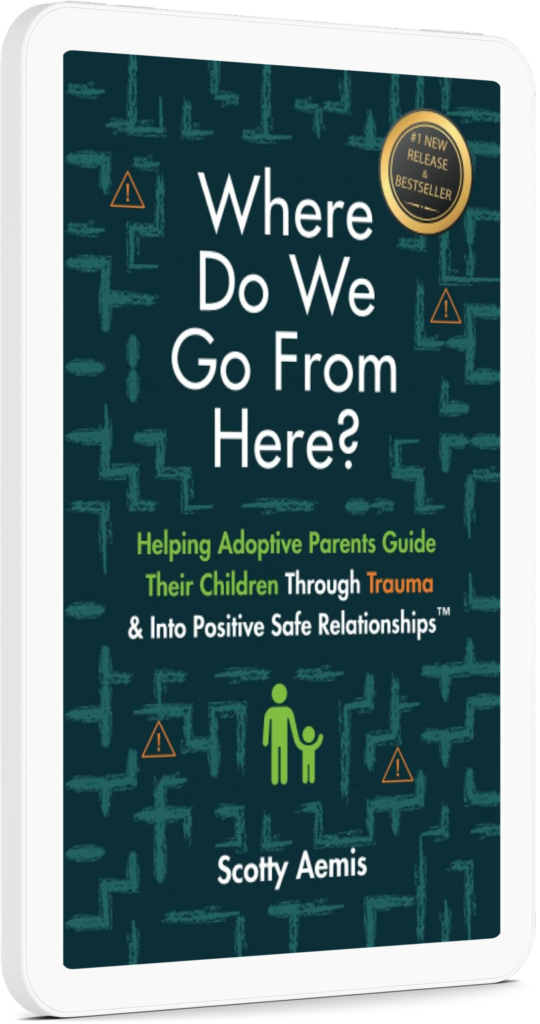Tips for Parents and Teachers for Building Personal Resilience
As the parent or guardian of a child with trauma, or even a teacher, it feels like you always have to be “on” for your children. You are constantly having to put your own needs aside to help guide your child through their journey of healing or guide their education experience.
It can be exhausting when you are needed constantly at such a high level and you may feel like you have absolutely no time for yourself.
But if you don’t make time for yourself and build personal resilience, you can fall victim to burnout.
So many parents and “helping professionals” report high levels of burnout. So let’s talk about what burnout is and some tips for how you can avoid experiencing it.
What is Burnout?
Burnout happens when you deplete yourself of everything you have to give. It is like running on empty. Burnout includes emotional exhaustion, depersonalization (which is being tapped out of compassion and empathy), and a decreased sense of accomplishment in our lives.
Now let’s look at two tips to help you avoid reaching the point of burnout.
1 | Move Through the Emotional Exhaustion Cycle
Emotional exhaustion from burnout occurs when we are stuck in the emotional stress cycle. When you are stressed and tired, you can feel anxious, but also like you have to set aside all your feelings about that stress in order to do what you need to do.
Instead of pushing aside your feelings during emotional exhaustion, allow yourself to “feel your feels” all the way through the cycle.
If you are in the middle of a stressful experience, allow yourself to breathe deeply and then lead a brain break with your child or students. Also allow yourself to laugh or to reach out to a safe and trusted friend to talk about what you are feeling. It’s not only important to have a trauma-informed space for your child or students, but a safe home and workplace for you to also process emotions!
How do you complete the cycle of emotional stress? Move! Run, shake, dance, walk, or swim. Exercising at the end of a stressful workday to burn off the cortisol and adrenaline from your day can help you finish moving through your emotional stress.
2 | Building Personal Resilience
I often talk about helping your child with trauma build resilience to help them process their trauma and to move through the world. But you have to practice what you preach!
Building personal resilience, or the ability to bounce back after a challenge, is all about intention. Resilience is a regular practice requiring intentional thoughts and behaviors to avoid burnout.
We all have a well or resiliency that is just waiting to be tapped through regular practice of cultivating healthy habits and intentions. These intentional habits and thoughts strengthen our systems that deal with and react to stress, helping us remain more calm in our responses. It can also help make us more resilient to toxic stress.
So how do you become more resilient? By creating a space that is safe enough for you to experience your own emotional responses. Practice pausing between the emotional cues you feel when experiencing stress, and your response through mindfulness and breathing. This physical activity can also help you complete the stress cycle.
Also consider inviting trusted friends, co-workers, and family into a safe space of belonging. Here, you can share the contentment, joys, frustration, anger, and grief of the day. Together, you can find purpose and meaning through authentic connections. In this space, you can allow emotions to inform you, not hijack you.
Key Takeaways
When you allow yourself to experience your emotions, learn from them, and then move through the emotional stress cycle, you are able to be your best self. When you are at your best, you are able to better guide your child or students through life. You are able to model resiliency and can teach it better because you have a deeper understanding of resiliency.


